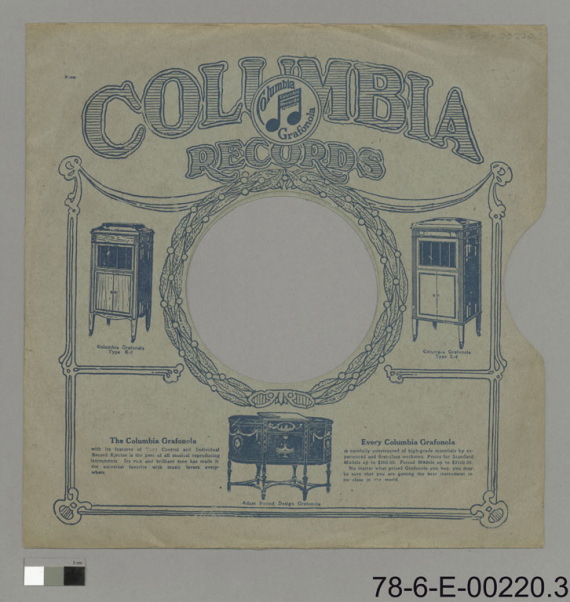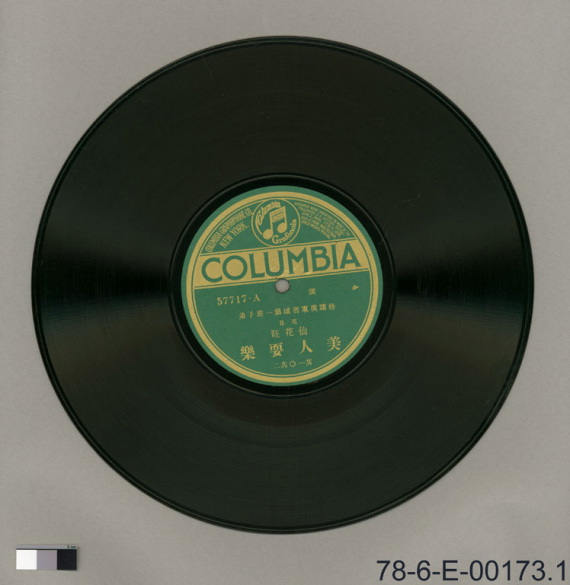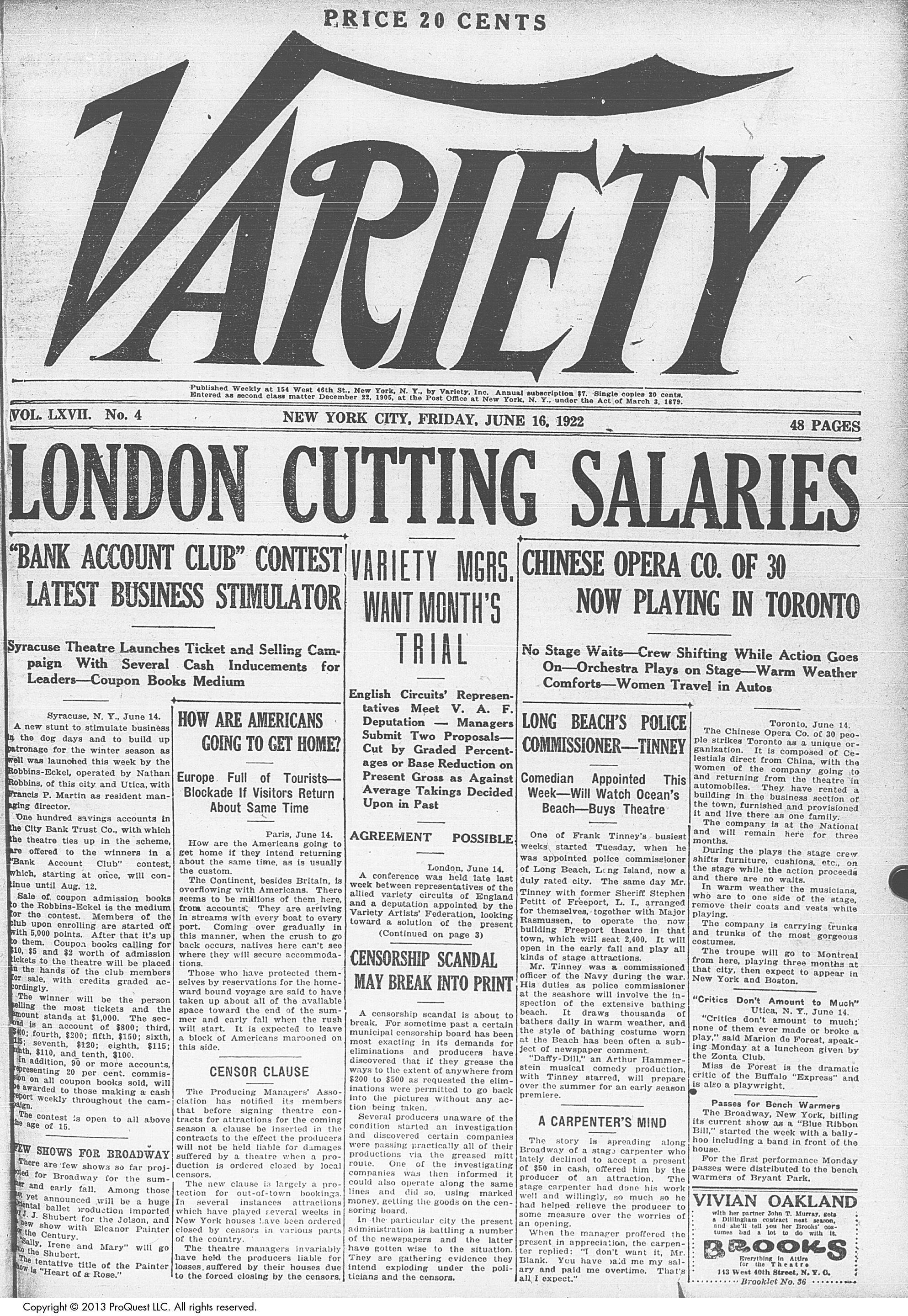Cantonese Opera in Toronto’s Original Chinatown
A Digital Exhibit
For this digital exhibit, I have chosen to focus on the role Cantonese opera played in Toronto’s original Chinatown between 1900 and 1940. Through my research, I discovered the significance that Cantonese opera played in Chinese immigrant communities, not only as a form of entertainment, but politically, financially, and educationally as well.
Background
Cantonese Opera, originating in southern China’s Cantonese Culture, is a combination of music, theatre, acrobatics, and martial arts. Initially popular in Guangdong, Guanxi, Hong Kong, Macau, Singapore, and Malaysia, Cantonese opera eventually made its way over to Toronto through immigration (Wertz). Most plots were based on Chinese history, classics and myths. China’s culture and philosophies were also reflected, and virtues like loyalty, morale, love, patriotism, and faithfulness were emphasized and passed on (Wertz).
Picture
Cantonese opera performers in San Francisco, circa 1900s.
“Cantonese Opera Performers in San Francisco, circa 1900.” Kung Fu Tea. WordPress, 23 Sep. 2013. Web. 12 July 2015.
Cantonese Opera in Toronto
The first Chinese music group in Toronto was formed in 1919, called World Mirror, and was quickly joined by numerous other theatrical and operatic groups (Toronto Archives).The Gee Gung Tong Club was formed by Chinese Freemasons in 1927, and was joined by the Ship Toy Yeun Dramatic Society in 1932. One year later, the Chinese United Dramatic Society was also formed, and was one of the longest standing Chinese theatrical groups in Toronto (Chan 75).These groups not only drew professional performers from Hong Kong and the United States, but trained local performers and musicians as well (Chan 75).
Groups became so large and popular with the Chinese-Canadian community that eventually, a hall with the capacity of 250 seats was constructed on Elizabeth Street in 1940, where Cantonese opera was regularly performed (Toronto Archives).
Picture
Blueprint of the building permit of the lodge hall for the Chinese United Dramatic Society, 1940.
Blueprint of the building permit of the lodge hall for the Chinese United Dramatic Society (Series 410, File 1073). 1940. City of Toronto Archives, Toronto. City of Toronto Archives. Web. 12 July 2015.
The Success of Cantonese Opera
Cantonese opera experienced its peak in success during the Great Depression (1934-1942) (Chan 76). Different theatrical societies competed with one another during this time in how many performances they could put on, as well as in admission prices. The Gee Gung Tong Club often performed 3-4 times a week for an admission price of $1.25, while the Chinese United Dramatic Society charged anywhere between 75 cents and $3 depending on the seating (Chan 76). Initially, performers and audience members were mostly male, and the men even played the female roles. As the operas grew in popularity however, women started joining in as actors (including Jean Lumb), and some women and children began attending the performances as well (Chan 76).
In 1930, the Canadian Museum of Civilization (CMC) was donated a collection of more than 20 discs that featured songs from some of the well-known Cantonese operas.
http://www.museedelhistoire.ca/operacantonais/av/78-6-e-00173-1.mp3
Media
Audio: “The Beauty’s Frolics” (Mei ren shua le). Featuring a special guest from the Guangdong province, Xian Hua Wang playing the role of Hua Dan, circa 1915-1920.
Wang, Xian Hua. The Beauty’s Frolics, Volumes 1 and 2. Cantonese Opera. 1915-1920. MP3.
Pictures: One of many covers and vinyls donated to the Canadian Museum of Civilization. These particular images pertain to volume 1 of 2 of “The Beauty’s Frolics”.
The Beauty’s Frolics (Mei ren shua le), Disc Sleeve. Photograph. Power and Elegance: Cantonese Opera. Canadian Museum of History, n.d. Web. 12 July 2015.
The Beauty’s Frolics (Mei ren shua le), Volume 1. Photograph. Power and Elegance: Cantonese Opera. Canadian Museum of History, n.d. Web. 12 July 2015.
The Significance of Cantonese Opera in Toronto’s Chinatown
Not only did Cantonese opera provide teachings of Chinese histories and values through their performance, but they were also an important source of fundraising for both political and social causes in China and Canada (CMC). During the Sino-Japanese war and WWII, Cantonese opera performers would use the money raised from the ticket sales in order to raise funds for the war efforts (Chan 77). Touring opera troupes from China were also significant in “reaffirming and nourishing the cultural heritage of these communities”—providing a sense of home and comfort for Chinese immigrants living in Toronto (CMC).
Picture
June 14th, 1922, Toronto: “The Chinese opera co. of 30 people strikes Toronto as a unique organization.” The photograph describes how this Cantonese opera group from China spent 3 months in Toronto before moving on to tour in Montreal, New York, and Boston.
“Chinese Opera Co. of 30 Now Playing in Toronto.” Variety 16 June 1922: 1. ProQuest 5000. Web. 12 July 2015.
Contributor’s Bio:
Brianna Stickney is a second year English student studying at Ryerson University. She is particularly interested in “genre and media” and children’s literature, and enjoys reading works of fiction and re-arranging furniture in her spare time. Super fun gal.
She would like to thank Professor Lee-Loy for her guidance and constructive criticism throughout this Open Topics in Writing course, as well as Arlene Chan and Valerie Mah for the sharing of their knowledge about and experience with Toronto’s Chinatown and Chinese community.
References:
Chan, Arlene. The Chinese in Toronto from 1878: From outside to inside the circle. Toronto: Dundurn, 2011. Print.
“Chinese History in Toronto.” City of Toronto Archives. City of Toronto, n.d. Web. 12 July 2015.
“Chinese Opera Co. of 30 Now Playing in Toronto.” Variety 16 June 1922: 1. ProQuest 5000. Web. 12 July 2015.
“Power and Elegance: Cantonese Opera.” The Collection of Cantonese Opera Records. Canadian Museum of Civilization, n.d. Web. 12 July 2015.
Blueprint of the building permit of the lodge hall for the Chinese United Dramatic Society (Series 410, File 1073). 1940. City of Toronto Archives, Toronto. City of Toronto Archives. Web. 12 July 2015.
The Beauty’s Frolics (Mei ren shua le), Disc Sleeve. Photograph. Power and Elegance: Cantonese Opera. Canadian Museum of History, n.d. Web. 12 July 2015.
The Beauty’s Frolics (Mei ren shua le), Volume 1. Photograph. Power and Elegance: Cantonese Opera. Canadian Museum of History, n.d. Web. 12 July 2015.
Wang, Xian Hua. The Beauty’s Frolics, Volumes 1 and 2. Cantonese Opera, 1915-1920. MP3.
Wertz, Richard R. “Chinese Opera: Cantonese Opera.” Photograph. Cultural Heritage Of China RSS. ibiblio, 1998. Web. 12 July 2015.





